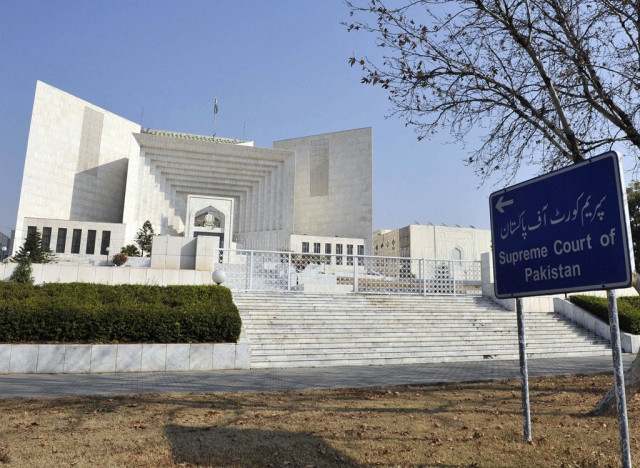The top court has noted that the procedure for identification of an accused person by eyewitnesses in a trial court is generally
considered to be quite unsafe.
“[This is] considered to be quite unsafe because before such identification [parade] … the eyewitnesses get may opportunities to see the accused persons appearing before the court in connection with their remand, distribution of copies of statement…, framing of the charge and recording of statements...
“Even in such identification… it is imperative that a witness must point towards a particular accused person present before the trial court and must also specify the role allegedly played by him in the incident in issue,” says the 11 -page ruling authored by Chief Justice of Pakistan (CJP) Asif Saeed Khosa about wrongful identification parade of a convict, who got acquittal after ten-year-imprisonment.
The judgement says a test identification parade and correct pointing out of an accused person by an eyewitness therein is not a substantive piece of evidence and failure to hold a test identification parade is not always fatal to the prosecution’s case.
The two-judge bench, comprising the CJP and Justice Syed Mansoor Ali Shah, has also discharged a show cause notice to a special judicial magistrate, who did unlawful identification parade of the convict.
The apex court also ‘wholeheartedly’ approves the Lahore High Court (LHC) former judge Khalilur Rehman Ramday’s ruling, giving guidelines for all test identification parades held in connection with criminal cases.
The SC also directs its office to send a copy of this order to the registrars of all high courts in the country with a direction to send a copy of the same to every judge and magistrate within the jurisdiction of each high court handling criminal cases at all levels for their information and guidance.
Justice Ramday had noted that although there is no law, which prescribes any such precautions yet the necessary guidelines are available in the form of executive instructions and judicial pronouncements.
He said an identification parade must be held at the earliest possible opportunity after the occurrence.
“It should be ensured that after their arrest, the suspects are put to identification tests as early as possible. Such suspects should preferably, not be remanded to police custody in the first instance and should be kept in judicial custody till the identification proceedings are held.
“Identification parades should never be held at police stations; the Magistrate, supervising the identification proceedings, must verify the period, if any, for which the accused persons have remained in police custody after their arrest and before the test identification and must incorporate this fact in his report about the proceedings,” he said.
Justice Ramday had ruled that in order to guard against possibility of a witness identifying an accused person by chance, the number of persons (dummies) to be intermingled with the accused persons should be as much as possible.
“But then there is also the need to ensure that the number of such persons is not increased to an extent which could have the effect of confusing the identifying witness.
“The superior courts have, through their wisdom and long experience, prescribed that ordinarily the ratio between the accused persons and the dummies should be 1 to 9 or 10,” the ruling said.


COMMENTS
Comments are moderated and generally will be posted if they are on-topic and not abusive.
For more information, please see our Comments FAQ